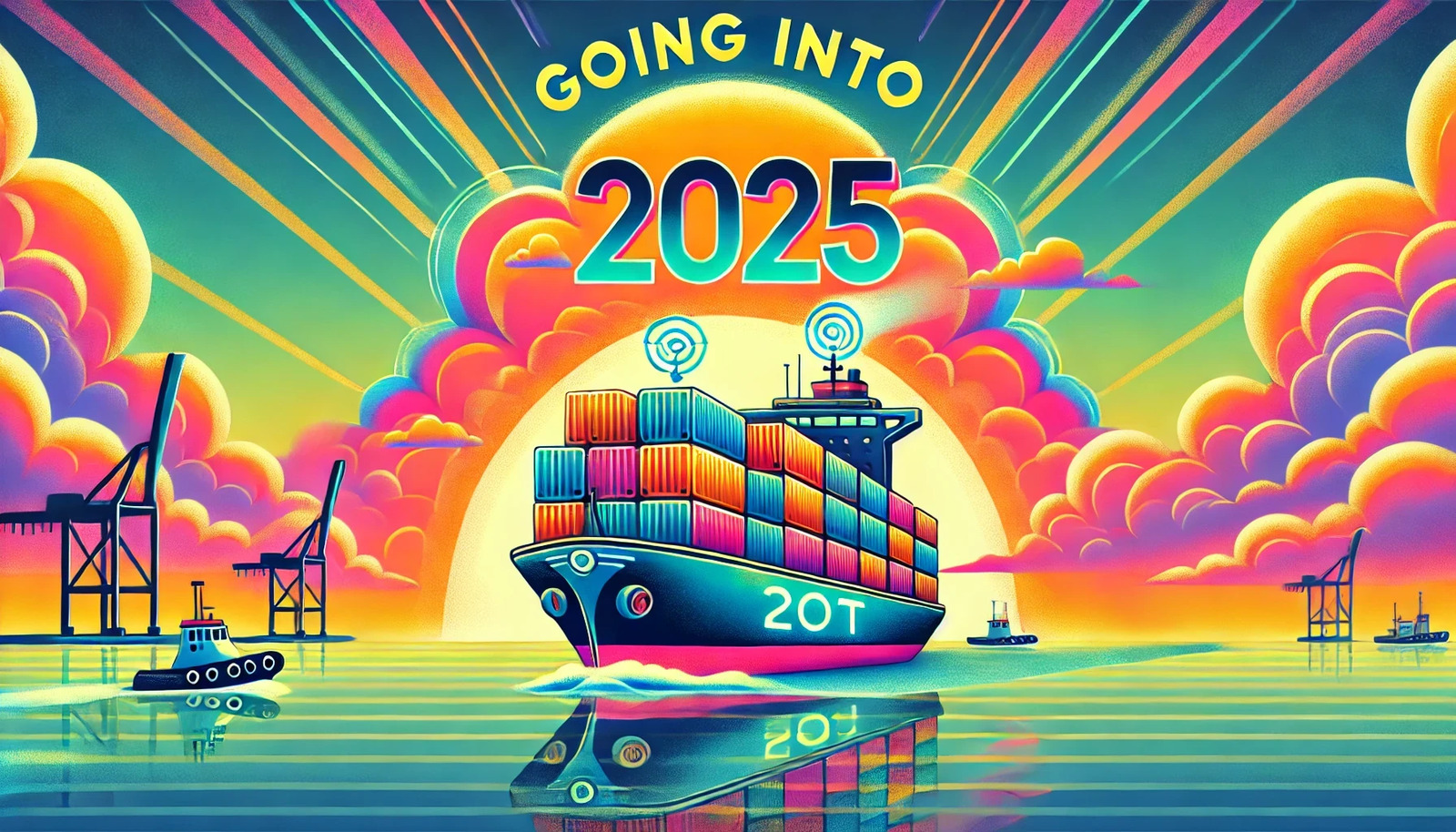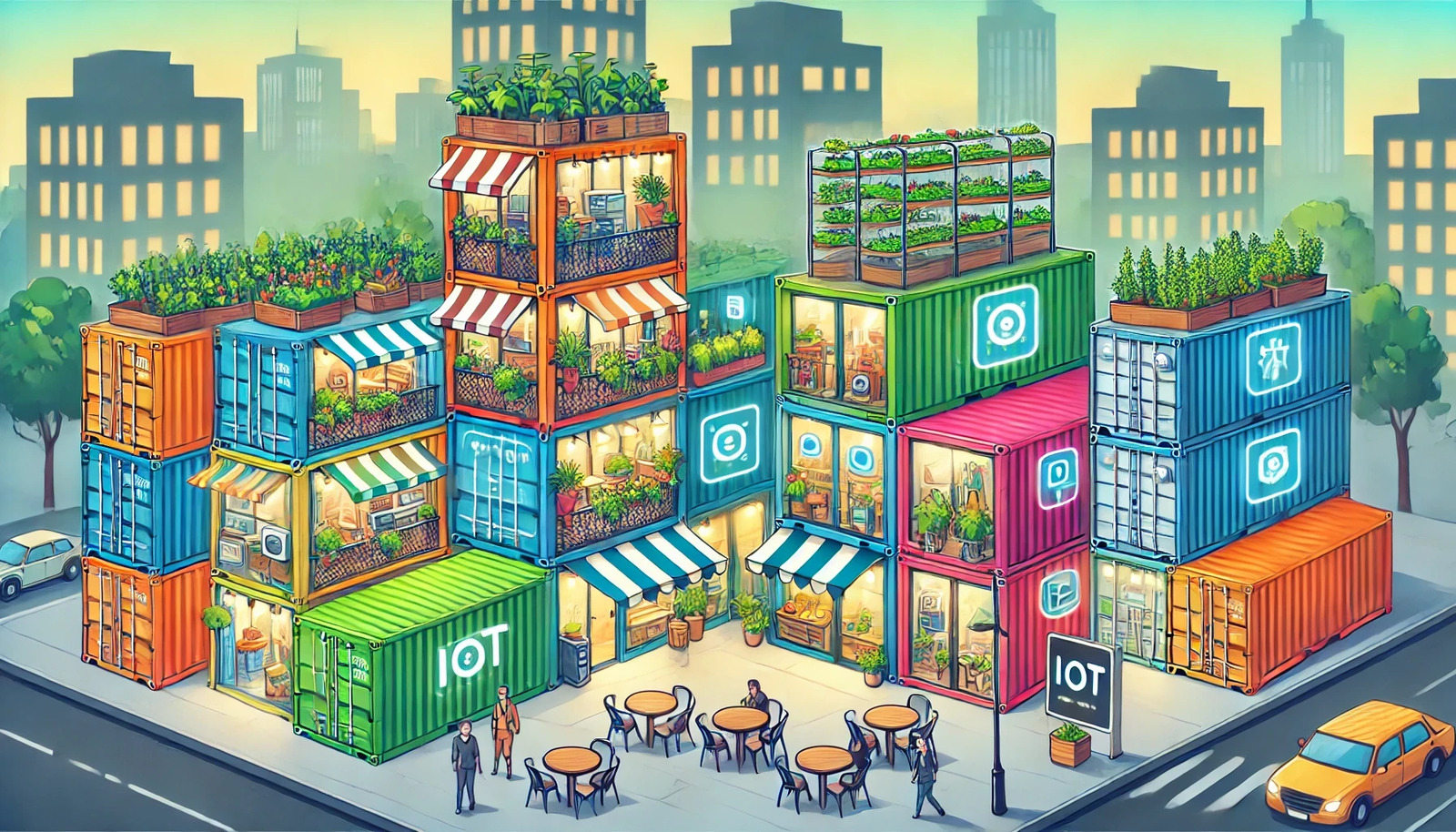
Shipping containers have long been the backbone of global trade, revolutionizing the way goods are transported across oceans, roads, and rails. As we move into 2025, this stalwart of logistics is undergoing significant transformations, driven by technological advancements, environmental concerns, and the need for greater efficiency in an ever-globalizing economy. Here's a look at the key trends shaping the future of shipping containers this year.
1. Smart Containers: The Rise of IoT Integration
One of the most prominent developments in 2025 is the widespread adoption of smart shipping containers equipped with Internet of Things (IoT) technology. These containers are fitted with sensors to monitor temperature, humidity, and location, ensuring better tracking and handling of goods, especially perishable or high-value items.
In addition, advancements in AI-driven analytics are enabling predictive maintenance for containers, reducing downtime and minimizing repair costs. Real-time data sharing across logistics networks is fostering greater transparency and efficiency, transforming the way supply chains operate.
2. Sustainability and Green Materials
Environmental concerns continue to be a driving force behind innovation in the shipping industry. In 2025, we’re seeing the adoption of eco-friendly materials for container construction, such as high-strength composite materials that are lighter and more durable than traditional steel.
Recyclable and biodegradable coatings are also being developed to reduce the environmental impact of containers at the end of their life cycle. Moreover, initiatives to retrofit older containers with solar panels and wind turbines are gaining traction, providing clean energy solutions for refrigeration and onboard sensors.

3. Modular and Multi-Purpose Containers
As the demand for flexibility in logistics grows, modular and multi-purpose containers are becoming increasingly popular. These containers can be easily reconfigured to accommodate various types of cargo, from bulk goods to liquids and specialized equipment.
Some designs even allow for quick conversion into temporary housing or storage units, catering to the needs of disaster response and rapid urbanization. This adaptability ensures that containers can serve a dual purpose, extending their utility beyond traditional shipping roles.
4. Automation and Robotics in Handling
The integration of robotics and automation in container handling is revolutionizing ports and warehouses. Automated cranes and guided vehicles are streamlining the loading and unloading process, reducing turnaround times and labor costs. In 2025, we’re seeing an increasing number of ports adopting fully automated systems that can handle smart containers with minimal human intervention.
This trend is not limited to ports. Warehouses are also leveraging robotic solutions to optimize storage and retrieval of goods within containers, further improving supply chain efficiency.
5. Blockchain for Enhanced Security and Documentation
Blockchain technology is playing an essential role in improving the security and traceability of shipping containers. In 2025, blockchain-based systems are being widely adopted to create tamper-proof digital records of container movements, ensuring that all stakeholders have access to accurate and up-to-date information.
Smart contracts enabled by blockchain are streamlining payment processes and reducing delays caused by paperwork. These advancements are helping to combat fraud and enhance trust within the global logistics ecosystem.

6. Emergence of Autonomous Shipping
While still in its early stages, autonomous shipping is beginning to make waves in 2025. Containers designed specifically for autonomous vessels are being developed, featuring enhanced stability and connectivity for seamless integration with self-navigating ships.
These specialized containers are equipped to communicate with onboard systems and external logistics platforms, ensuring smooth operations even in the absence of human crew. As the technology matures, autonomous shipping promises to further reduce costs and environmental impacts.
7. Growth of Urban Container Applications
Beyond traditional shipping roles, containers are increasingly being repurposed for urban applications such as pop-up shops, vertical farms, and mobile medical units. In 2025, this trend is expected to grow, driven by the global push toward sustainable and modular urban development.
These containers are often retrofitted with smart features, including energy-efficient systems and IoT connectivity, making them ideal for a variety of urban uses. Their affordability and ease of transport make them a preferred choice for innovative city solutions.
Conclusion
The evolution of shipping containers in 2025 is marked by technological innovation, sustainability, and adaptability. As these trends continue to shape the logistics industry, shipping containers are becoming smarter, greener, and more versatile than ever before. Businesses that embrace these advancements will be better positioned to thrive in an increasingly complex and competitive global market.


